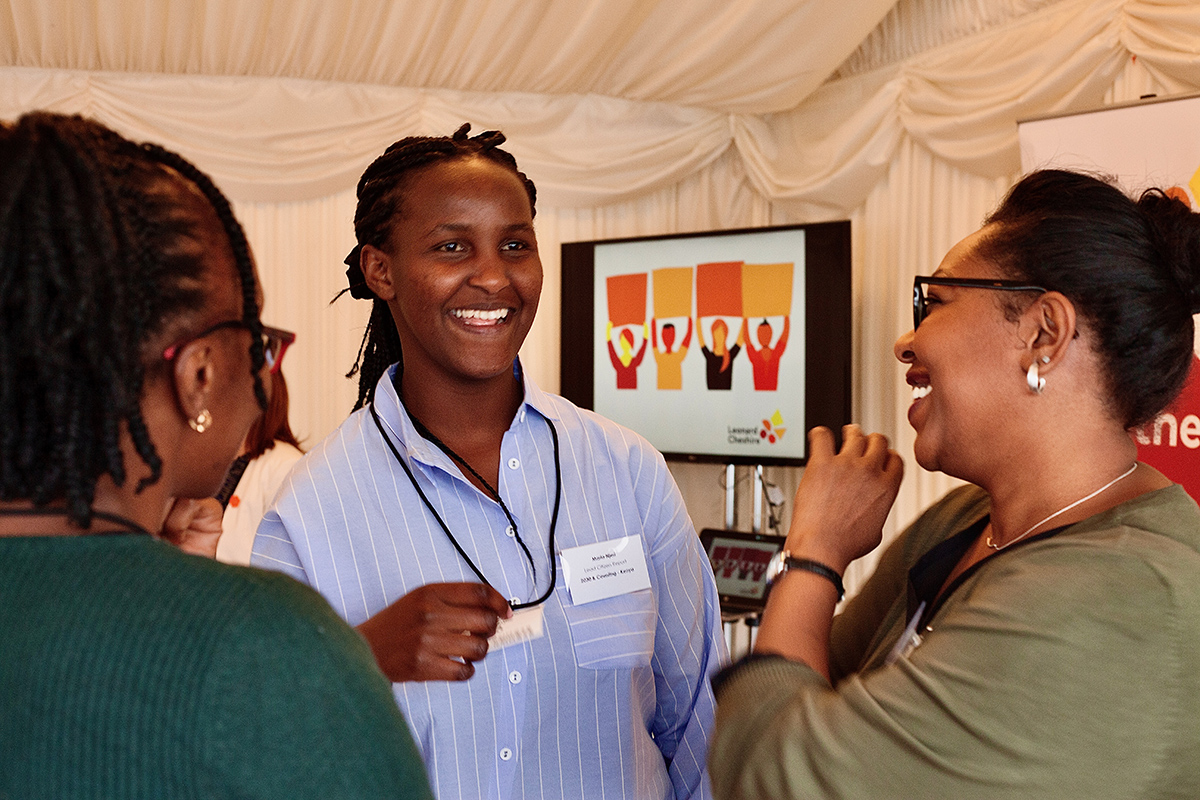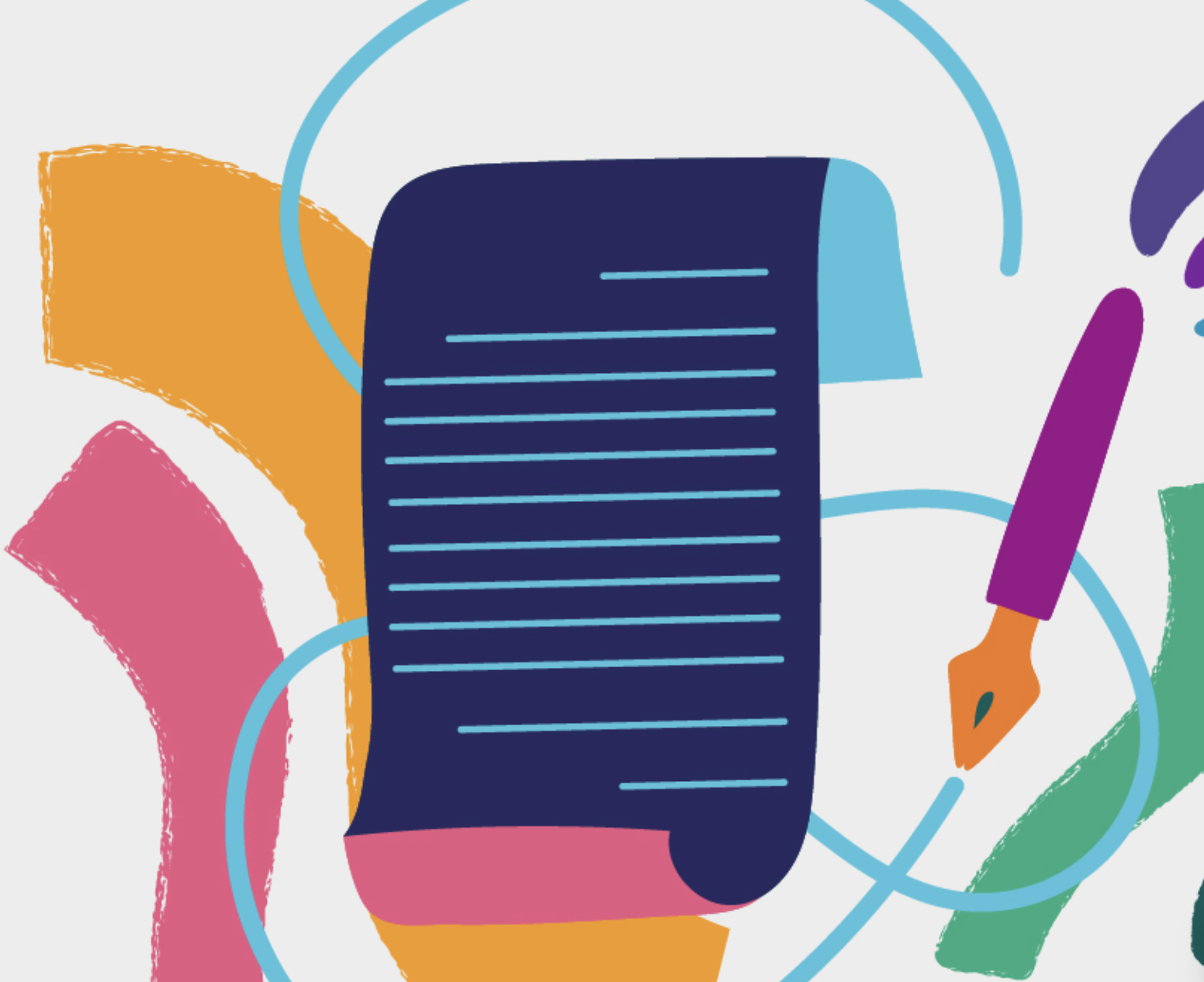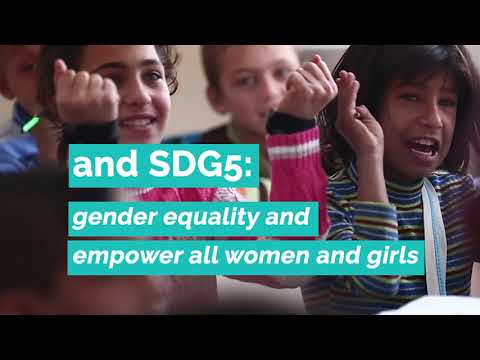As governments across the world seek to get education systems back on track following prolonged school closures in response to the COVID-19 pandemic, the UNESCO 2020 GEM Report is delivered at a critical point in time. We have just a decade to achieve the United Nations (UN) Sustainable Development Goals (SDGs), including inclusive and equitable quality education (SDG4). We’re also only two years away from the next Global Disability Summit, where world leaders will meet to review progress towards the UN’s Convention on the Rights of Persons with Disabilities (CRPD). Both internationally agreed frameworks are visionary blueprints for more equitable societies, with quality, inclusive education at the heart.
The report calls for diversity to be celebrated, and for inclusion to be embedded in every education system. Yet there is still a long way to go before this can become a reality. Poverty, disability, gender, migration status and language are all factors that drive exclusion from education. The additional threats to learning posed by the pandemic have further exposed and in some cases deepened these existing inequalities. Now more than ever, collective action is needed, as efforts to advance inclusion in education have become sidelined during the pandemic. According to the report, 40% of the poorest countries failed to support learners at risk during the COVID-19 crisis.
As the international community comes together at this week’s High Level Political Forum (HLPF) to reflect on how we can respond to the global crisis in a way that accelerates progress towards the SDGs, we must ensure that inclusive education is prioritised. Building back more inclusive education systems means recognising the intersectional nature of barriers to education and prioritising efforts to address them in development budgets. Rather than working in silos, we must work together to make these commitments a reality.
No learner should be excluded from education
Maria Njeri is a disability rights advocate from Kenya and a Youth Citizen Reporter on Leonard Cheshire’s 2030 and Counting project. Born with cerebral palsy, Maria draws on her own experiences of discrimination in education to advocate for the rights of others through the Njeri Maria Foundation. Maria’s experience of the ‘double discrimination’ of gender and disability highlights the importance of understanding inclusive education through an intersectional lens. As Maria explains, “growing up with a disability can be difficult enough, but in many cultures, being a girl with a disability is seen as a taboo. My gender puts me at a disadvantage and I felt people looked at me differently, particularly in school.”

The challenge of defining what is meant by ‘inclusion’ and how we navigate the different understandings is highlighted by the GEM Report. According to the report, only 10% of countries have laws that help ensure full inclusion in education, and 25% of countries have laws requiring children with disabilities to be educated in separate settings. These laws may even coexist in some countries, hindering the development of a shared understanding of inclusive education. Maria argues that, “for education to be inclusive, everyone needs to know what that means — students, teachers and parents.”
Commonly associated with the needs of people with disabilities and the relationship between special and mainstream education, the GEM Report calls for a broader understanding of inclusion. No one learner is the same and all children have multiple intersecting identities. Yet no learner should be excluded from education because of their gender, age, location, poverty, disability, ethnicity, indigeneity, language, religion, migration or displacement status, sexual orientation or gender identity expression.
We have a long way to go, but I hope that there can be a shift over the next ten years so other students don’t have to face the same discrimination that I did.
The combination of gender and disability puts many girls among the most severely marginalised groups. Yet they are often misrepresented, as when we address disability and gender we often separate the two. For education to be truly inclusive we need a gender equal approach so that all children receive the same opportunities and attention. Inclusive education is about building education systems that value diversity.
Teachers are critical agents of change in advancing this agenda. Maria states that “teachers also need to be better equipped in understanding the varying needs of different students. Special needs training should absolutely be mandatory and children should also be taught about inclusion as well.” The GEM Report notes that in addition to professional development and training, tackling teachers’ social biases and stereotypes, and the provision of appropriate working conditions and support, are of critical importance in fostering inclusive learning environments.
Yet to really drive progress, we need a collective approach involving parents and children alongside teachers and support staff in safeguarding and responding to the needs of all children, especially girls. Only then will we take steps towards addressing the discrimination that too many girls with disabilities face in getting the education they need.
The pandemic has brought many inclusive education programmes to a halt. We cannot afford to lose momentum.
We are only now beginning to see the impacts of the COVID-19 crisis around the world, particularly on education. The pandemic has brought many education systems and inclusive education programmes to a halt. But with systems disruption comes opportunity. As we begin to rebuild, we can also reshape. We can start to build better education systems that are inclusive and accessible to all, but only if this is a development finance priority. It’s important that we do not lose momentum, and risk reversing decades of progress. Governments, policymakers, teachers, families, NGOs and people of all genders, backgrounds, abilities and identities working to drive progress for inclusive education must be invested in and empowered to keep working together to ensure no one is left behind.


